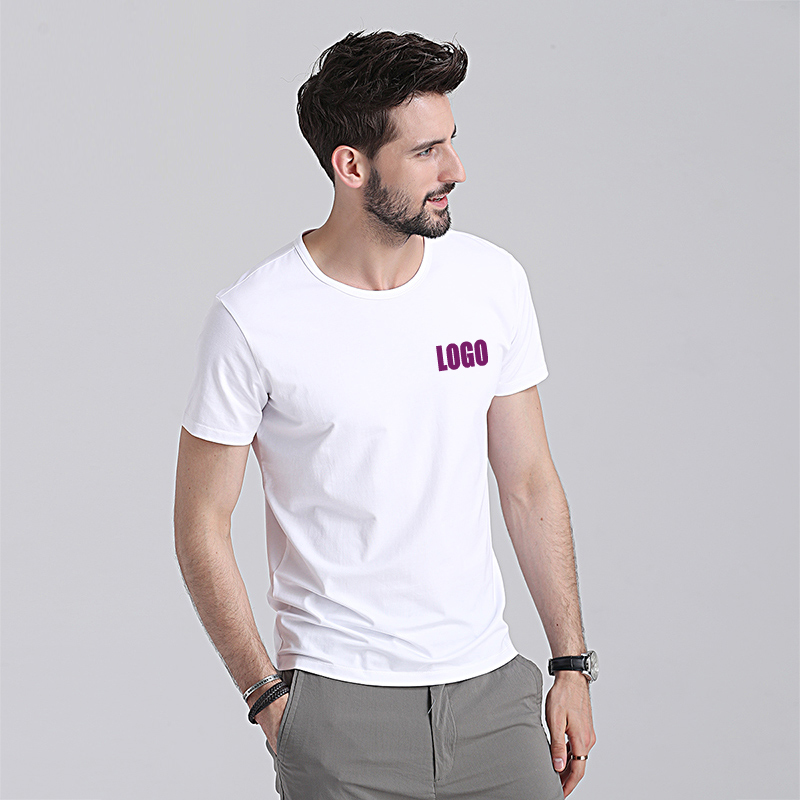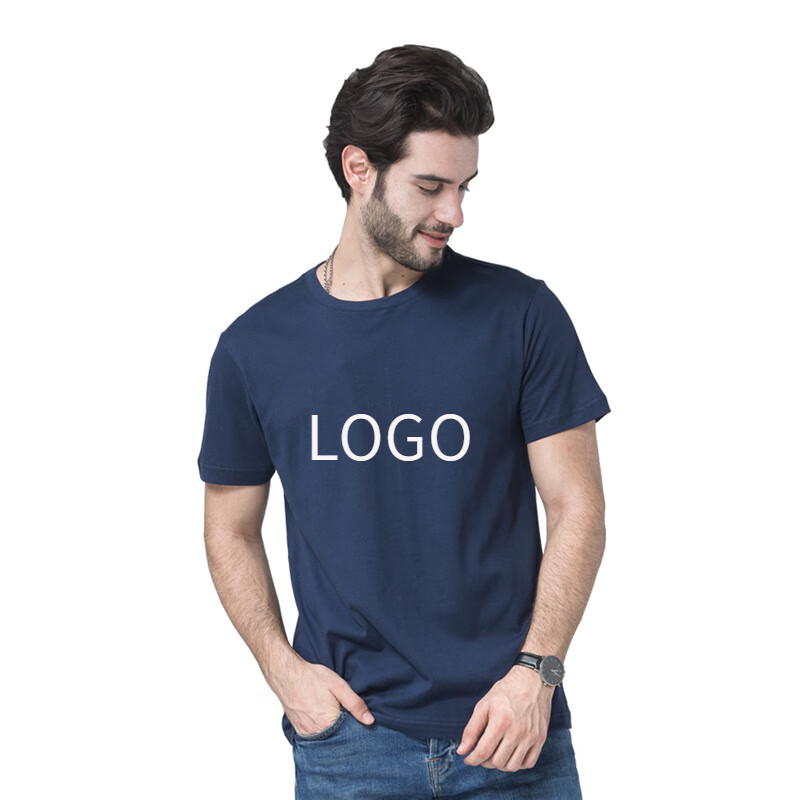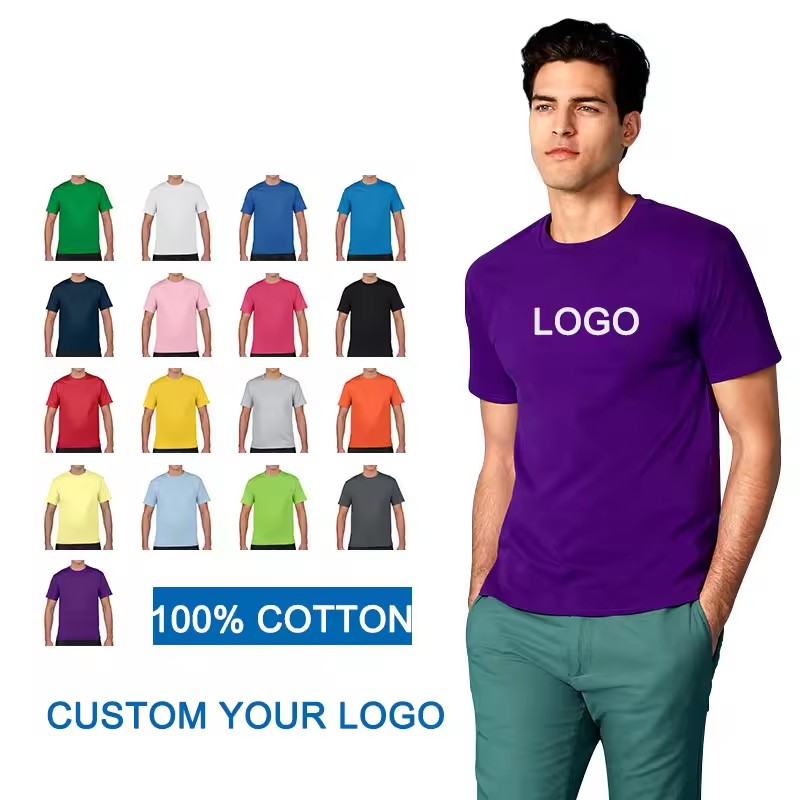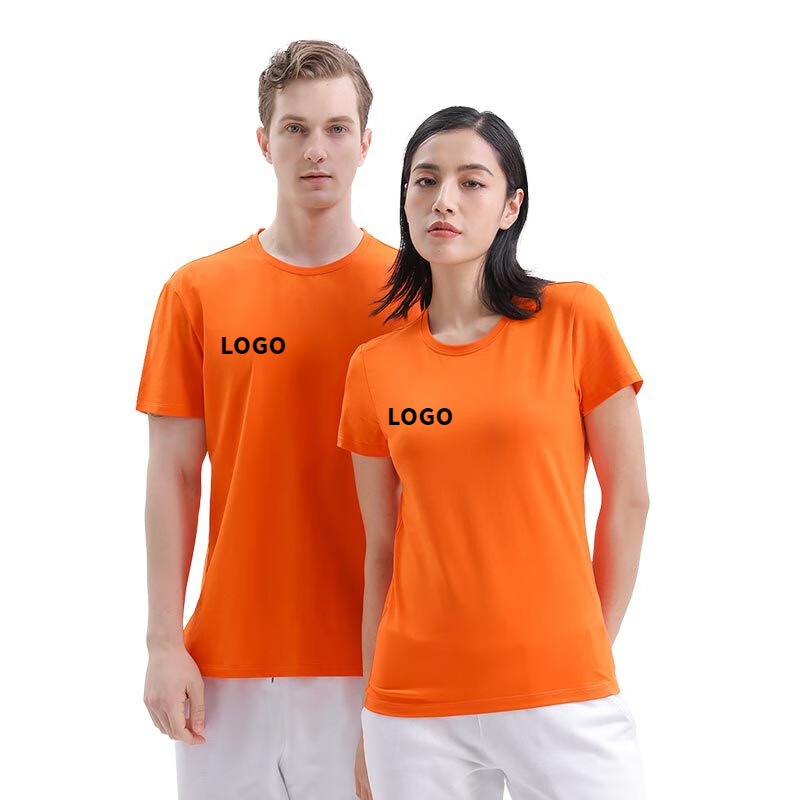How to differentiate yourself and turn a profit with direct sales of customized T-shirts
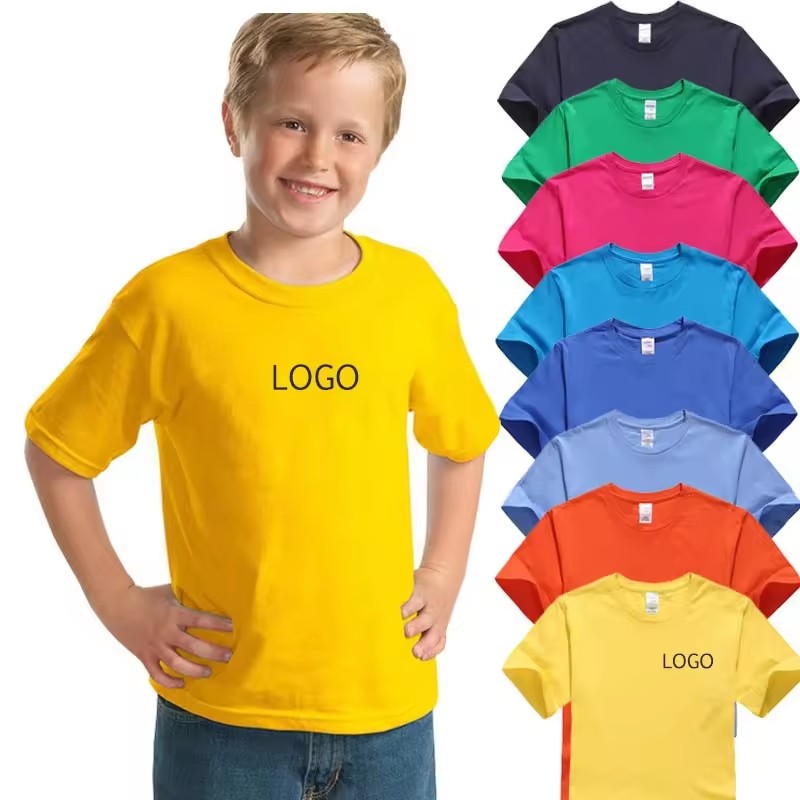
The following elements can be used to strategically integrate brand, product quality, customer interaction, and effective marketing in order to stand out and be profitable in the market through direct sales of customized T-shirt companies. This thorough guide will assist you in reaching your goals:
1. Consistently building a more powerful brand image
Unique Value Proposition (UVP): Differentiating your custom T-shirt brand is what customizing is all about. Your UVP should appeal to your target market, whether it's through distinctive design, premium materials, greater environmental consciousness, or quicker turnaround times.
Brand consistency: Make sure that the tone, messaging, and visual identity of your company are the same on all platforms. This builds trust and brand recognition.
2. Examine the caliber of things that are customized.
Premium materials: employing premium textiles to offer style, comfort, and longevity. Products of superior quality can increase customer satisfaction and decrease returns.
Personalization choices: offers several choices for customisation, such as various colors, styles, printing methods (e.g., screen printing, embroidery), and personalization (name, logo). Both corporations and individual consumers are drawn to this freedom.
3. Establish an e-commerce platform
Establish a user-friendly website: Create a simple, bright, and fast website that allows customers to easily customize and purchase T-shirts. Including high-quality images, detailed product descriptions, and seamless checkout processes.
Online customization tool: Provides a simple and easy to understand online design tool that allows customers to create and preview their customized T-shirts. Both the shopping experience and conversion rates are substantially improved by this.
4. Make use of content marketing and social media
Social media image: Display your personalized T-shirt on sites like Facebook, Pinterest, and Instagram. To create a community around your brand, share user-generated material, behind-the-scenes photos, and customer reviews.
Influencer Partnership: To reach a larger audience, work with influencers who share the same values as your company. Influencers can assist you in presenting your personalized T-shirt in a genuine and pertinent manner.
Marketing with content: To introduce your audience to T-shirt customisation, fashion trends, and style techniques, create blog entries, tutorials, and videos. Worth-adding content will boost SEO and draw in new readers.
5. Implement targeted marketing activities
Email marketing: Establish an email list and send personalized campaigns to attract customers. Provide exclusive discounts, get new designs early, and tips on how to make the most of customized T-shirts.
Paid advertising: Use targeted advertising on Google, Facebook, and Instagram to attract specific audiences interested in customized clothing. Repositioning advertisements can help convert visitors who have not yet made a purchase.
Seasonal Promotion: Conducting seasonal or activity-based promotional activities (such as holidays, back to school, sports events) to boost sales and attract new customers.
6. Deliver top-notch client support
Responsive support: Offers phone, email, and real-time chat assistance in addition to other methods. Sales can be converted from enquiries into valuable and prompt responses.
Simple exchanges and returns: To foster confidence and promote sales, provide a worry-free return and exchange policy. Having clear policies in place helps to minimize friction when making purchases.
7. Maximize revenue
Cost control involves keeping a careful eye on marketing, transportation, and production costs. Use internal production or local suppliers if at all possible to cut expenses and boost profit margins.
Dynamic pricing: To increase sales, experiment with price techniques like bulk discounts, bundled transactions, and tier pricing. Ensure that your pricing reflects the value of your product and does not alienate price sensitive customers.
Additional sales and cross selling: Encourage customers to add complementary products to their orders, such as matching accessories or bulk orders for the enterprise. The average order value rises as a result.
8. Increase market penetration
B2B Sales: Aimed at companies, educational institutions, and associations that need large-scale T-shirt personalization for functions, team uniforms, or giveaways. Giving large order discounts helps draw in recurring business.
International shipping: To reach a worldwide audience, offer international shipping options if practical. Make sure your website is foreign buyer-friendly, with several currency alternatives and transparent shipping guidelines.
Pop-up shops and events: To directly display your personalized T-shirts, take part in regional markets, trade exhibits, and pop-up shops. Customers may now directly experience quality and design thanks to this.
9. Promote adherence to the brand
Loyalty Program: Implement a reward program where customers earn points every time they make a purchase, which can be redeemed for discounts or free products. This encourages duplicate business.
Recommendation Plan: Offer discounts or rewards to customers who recommend your brand to friends or colleagues. Word of mouth recommendation is a powerful tool for expanding the customer base.
10. Monitoring and adjustment
Customer feedback: Regularly collect and analyze customer feedback to identify areas that need improvement. Make the most of this knowledge to enhance both the user experience and your product.
Trends in the Market: Keep up with the latest fashions, particularly as they relate to the bespoke apparel business. Make necessary adjustments to your products, marketing plan, and design to stay competitive and relevant.
In summary
Your customized T-shirt business can profit from direct sales and stand out in a crowded market by emphasizing a strong brand identification, superior products, and customer-focused marketing. Your brand will succeed in the long run if it emphasizes customisation, makes use of digital resources, and keeps operations running smoothly. These strategies will not only draw in clients but also keep them coming back.


